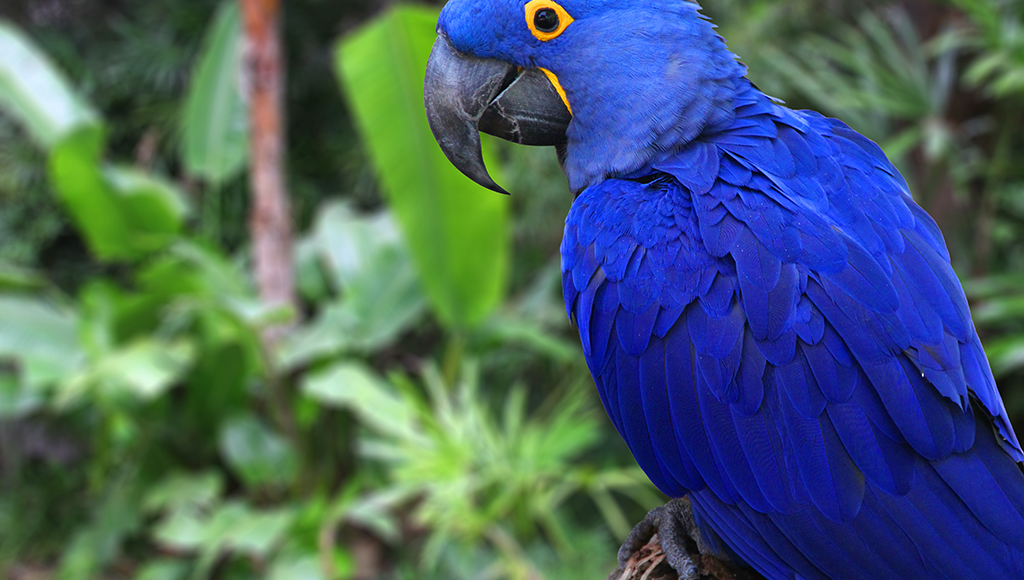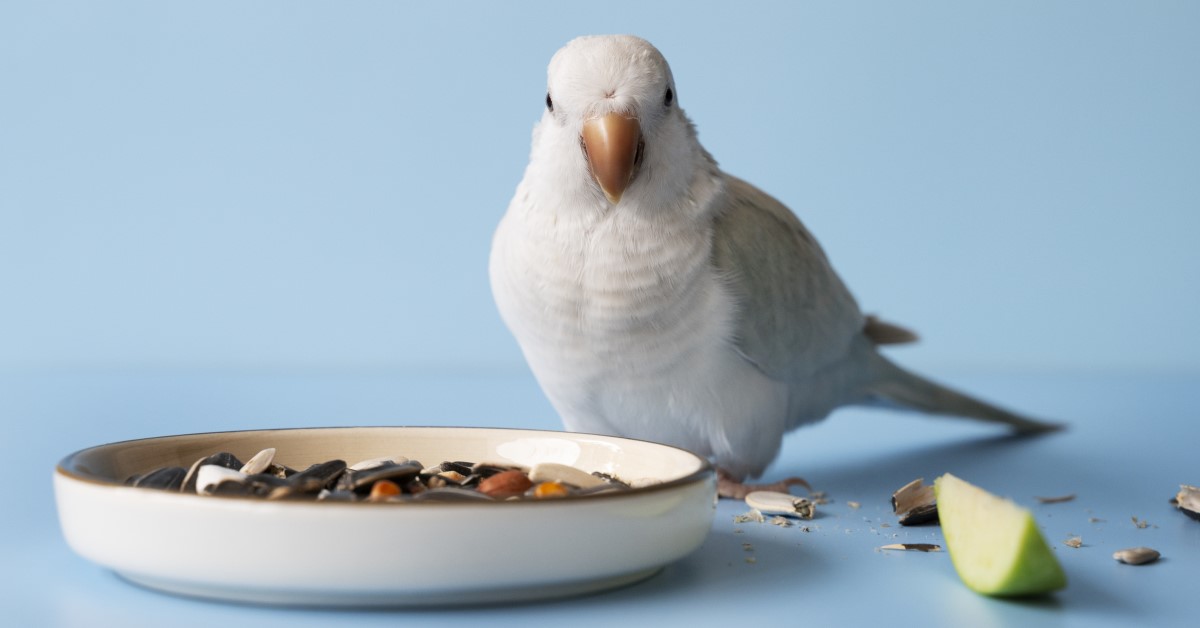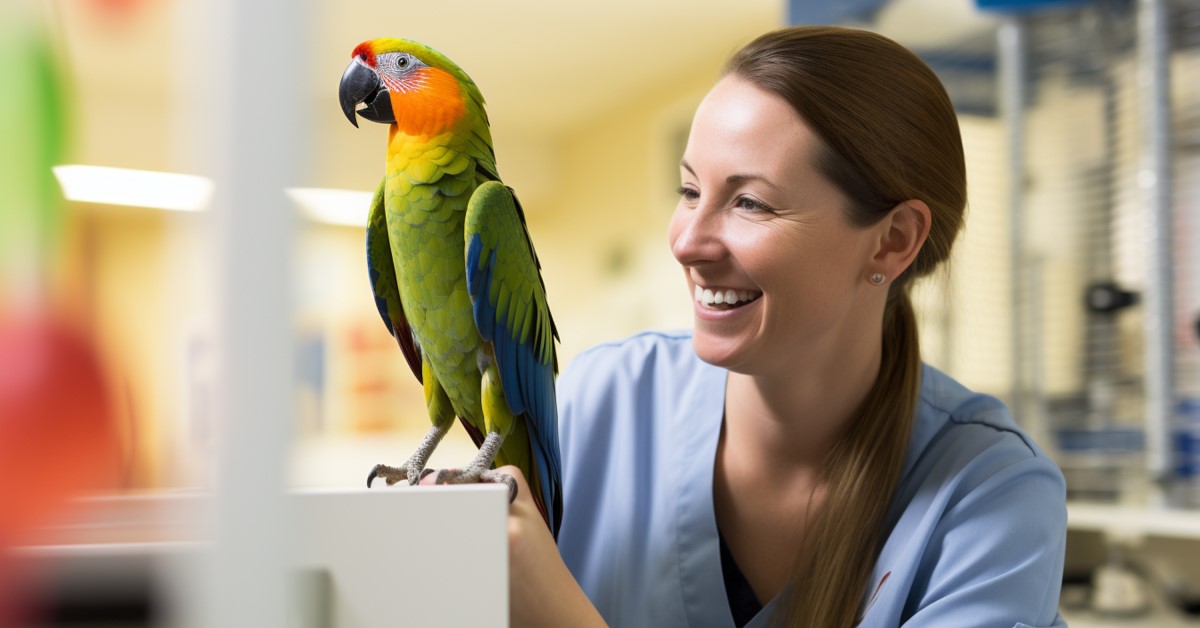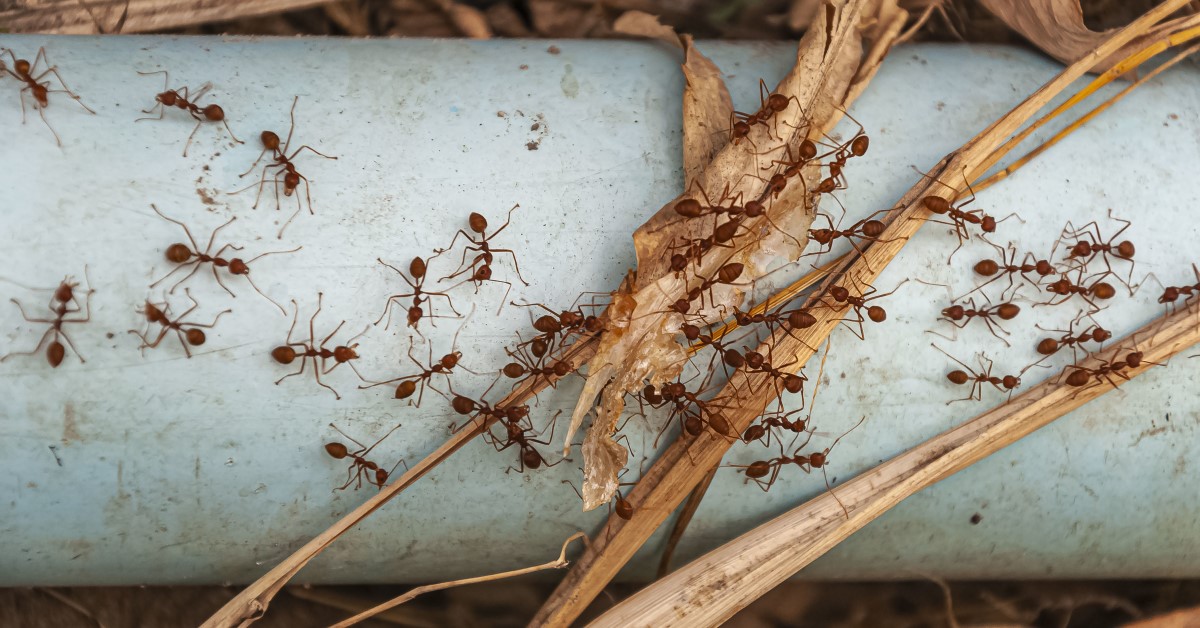Trimming Your Bird's Beak and Claws
An important step in grooming to keep your bird healthy and happy

Caged birds live in a very "geometric" world, in contrast to their wild counterparts. Most of the surfaces they perch on (perches, cage bars, etc) are very smooth and regular. Consequently, their claws and beaks tend to overgrow, and the surfaces of their beaks also tend to become rough and irregular.
In a wild bird's natural environment, this problem never arises because wild birds are very active and wear down their claws on tree bark, rocks and other abrasive surfaces. Most caged birds need their claws trimmed periodically in spite of gimmicks often employed to keep them shortened. Sandpaper perch covers, for example, do not prevent nail overgrowth but they do cause irritation and excessive wear of the soles of the feet. Sandpaper perch covers should not be used.
An emery board, nail clippers or cauterizing instrument can be used to shorten the claws of smaller caged birds. A rapidly rotating grinding stone is used to trim the claws and to shorten, shape and smooth the beaks of larger birds. The results are very professional and satisfying. You should not attempt to trim the beak of your bird. If you do attempt to trim the claws, make sure you have something on hand to stop any bleeding. There are clotting aids available called “styptics.”
If bleeding occurs while trimming the claws, do not panic. First, carefully restrain the bird. Next, squeeze the toe just above the claw (this produces a tourniquet effect) and then apply the styptic to the bleeding claw. Alternate the last 2 steps until the bleeding has stopped. Always seek veterinary help when your bird is bleeding or has bled. Bleeding usually represents an emergency situation. Corn starch or flour is a common household item that can be applied to bleeding claws or other wounds to help with blood clotting and to slow down or stop the bleeding. The steps outlined above are first-aid procedures only and are not a substitute for veterinary assistance.
Taking care of a bird's beak and claws is an extremely important part of your day to day care of the creature. By not taking adequate measures to ensure that they are taken care of properly, you could eventually find yourself with a very unhealthy bird. When it comes to the beak and the claws, it is possible for these to curl around, causing issues with their ability to perch correctly, or eat, and drink efficiently. These problems will only get worse, as birds are unable to trim them down on their own.
Perhaps the most important key to remember when caring for a bird is to provide the proper housing which includes the necessary elements for the bird to take care of its grooming needs as they would naturally. If you spend extra time in preparing the place you will house your bird, you should never find it necessary to assist them in the shaping or trimming of their beaks and claws. Failure to provide a proper and complete environment for your bird, which mimics its natural habitat as closely as possible, will inevitably leave the task of proper grooming of the beak and claws. This degree of grooming is necessary, not optional to maintain the best health for your bird.
If trimming these items yourself, you are going to want to make sure that you have someone to assist you. It is nearly impossible to perform these tasks on a bird by yourself. Birds when frightened can be stronger than you think and may injure not only you, but them as well. Make sure that you wear gloves if you want to avoid being scratched or bitten by the bird, which can be quite painful depending upon the species.
You are going to want to use a diamond nail file that you can find at virtually any pet store. Before you begin, make sure that you read about your particular type of bird in order to know what the proper length is for their claws and what shape their beak should be. In either case, shortening the beak or claws too short can potentially injure your bird.
With someone holding the legs, body, wings, and head of the bird, and both of your hands free, begin filing down their claws and beak much like you would your own nails. This is going to take some time, so be patient and take your time. If you remain calm and move in a gentle manner, this will help your bird stay calm and less fretful. Always use a downward brushing method to one side, and then to the other side. By doing this, you are ensuring an even shape of the claws and beak. After you have reached the desired length, make sure that you wash off the file before storing it away, to remove any debris which may collect unwanted bacteria.
REMINDER: The inside of the beak is alive, and as
such, you have to ensure that you know what length the beak is
meant to be. Please read about your bird type before doing any
trimming or filing on your own.
Ready to start saving money on pet wellness care?
Then take a look at Mint Wellness, the pet wellness plan that provides fast reimbursement on routine pet care. Save on vaccinations, wellness exams, preventatives, dental, and more!
Learn More


